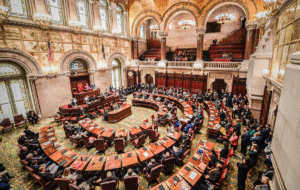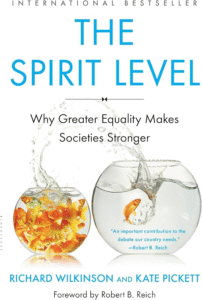A Devastating Blow to Nepal: The Saurya Airlines Crash
A Grim Reminder of Aviation’s Risks
The recent Saurya Airlines plane crash in Kathmandu is a stark and tragic reminder of the inherent risks associated with air travel. This catastrophic event, which claimed the lives of thirteen individuals, has cast a deep shadow over Nepal and the global aviation community.

Beyond the Loss of Life: Economic Repercussions
Beyond the immediate human toll, the accident has far-reaching consequences. Nepal, heavily reliant on tourism, may face a decline in visitor numbers as confidence in air travel wanes. This economic setback, coupled with the loss of life, underscores the urgent need for comprehensive aviation safety measures within the country.
Navigating Nepal’s Challenging Terrain
The mountainous terrain and often unpredictable weather conditions in Nepal present unique challenges for the aviation industry. To mitigate such risks, stringent safety protocols, advanced aviation technology, and robust infrastructure are imperative. The aviation sector, both domestically and internationally, must prioritize safety to prevent similar tragedies in the future.
A Call for Transparency and Improvement
As Nepal grapples with the aftermath of this disaster, it is crucial to conduct a thorough and transparent investigation into the cause of the crash. The findings of this inquiry must serve as a catalyst for implementing necessary safety improvements and fostering a culture of aviation safety.
Remembering the Victims and Preventing Future Tragedies
The loss of life in this accident is immeasurable. As the nation mourns its citizens, it is essential to remember the victims and their families and to work collectively to prevent such heart-wrenching events from recurring.
The Saurya Airlines crash is a somber reminder of the fragility of life and the importance of unwavering commitment to aviation safety. As the global community extends its condolences to Nepal, it is imperative to learn from this tragedy and take concrete steps to enhance aviation standards worldwide.




















